& Construction

Integrated BIM tools, including Revit, AutoCAD, and Civil 3D
& Manufacturing

Professional CAD/CAM tools built on Inventor and AutoCAD
4 min read
Cape Town-based startup XLAM South Africa has improved consistency, precision, and efficiency by using Autodesk Fusion 360 for its entire process, from 3D modeling to CAM.
XLAM South Africa is a startup cross-laminated timber (CLT or X-LAM) manufacturer based in Cape Town, South Africa. It is the only provider of CLT products throughout Africa. The company’s precisely pre-cut panels are made from sustainable timber and are used widely in commercial and residential buildings. XLAM South Africa uses Fusion 360 to drive its entire workflow from modeling to part design to documentation to manufacturing. Its process includes the production of CAM code to drive the company’s unique robot cutter arm. Fusion 360 has helped the company improve capacity, quality, and consistency in a time of rapid market growth.
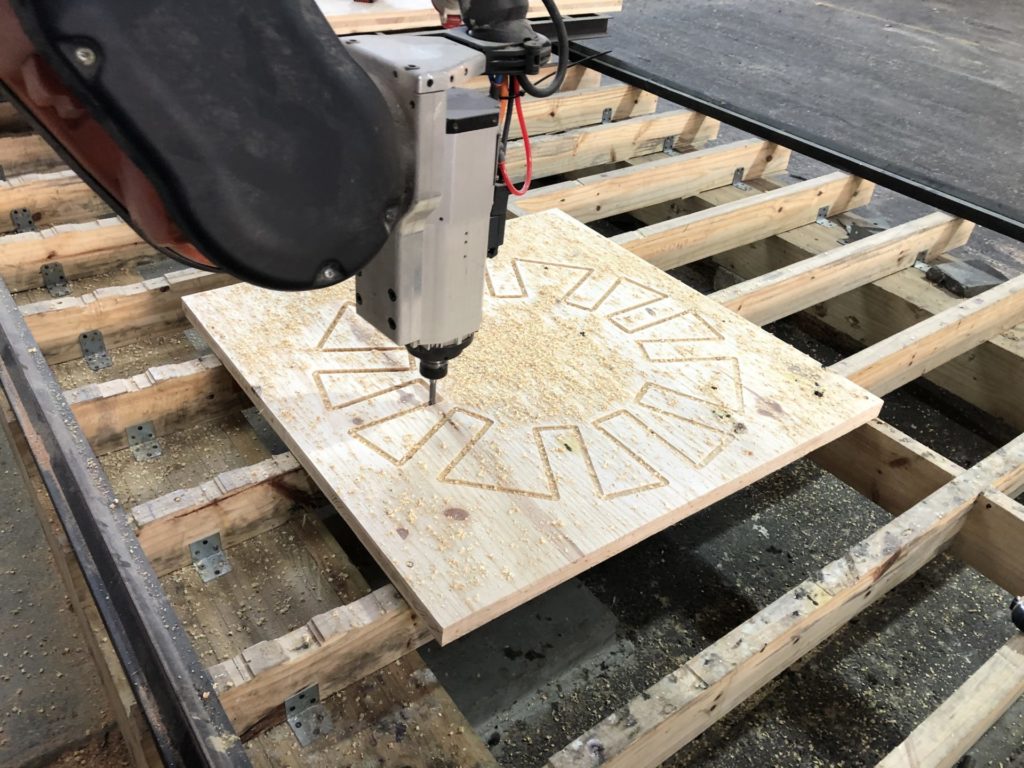
CLT is a prefabricated timber product that offers an environmentally sustainable alternative to concrete, masonry, and steel for various construction applications.
Each CLT panel consists of three to seven layers of sustainable timber oriented at right angles and glued together. This process creates a structural building material that delivers outstanding strength, stability, and rigidity.
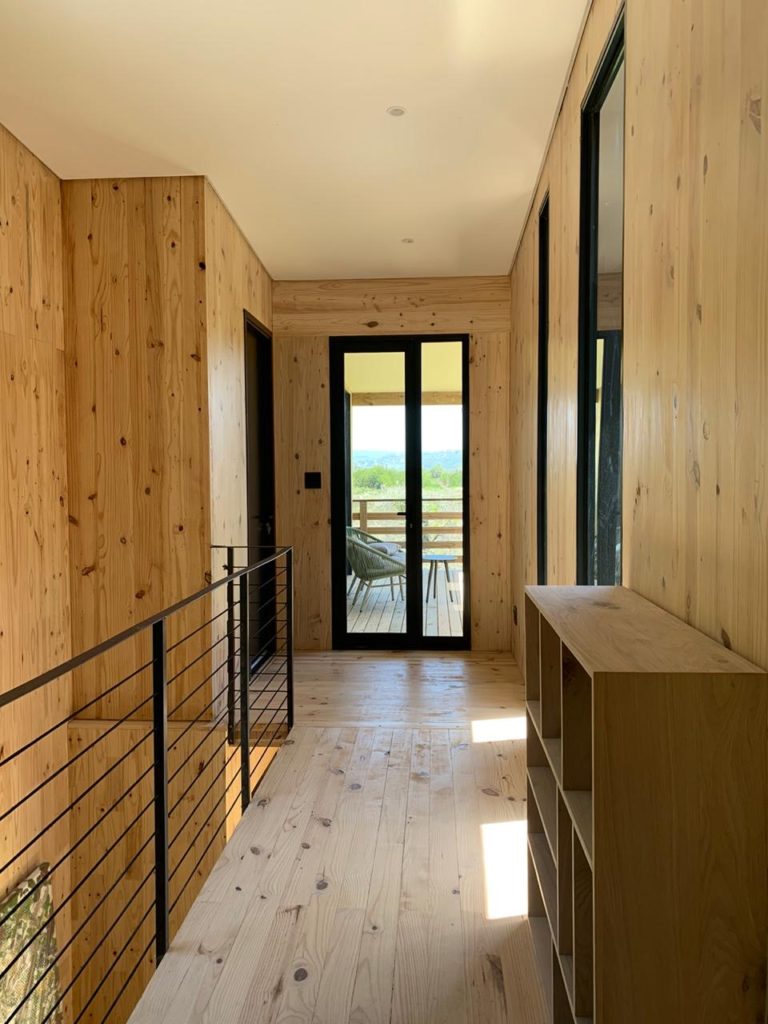
When XLAM South Africa founder and owner Jamie Smily first learned about CLT, his first question was why no one used it in South Africa. Smily began his career in architecture but moved into furniture-making to pursue a career with less office time and more hands-on work.
“After hearing about CLT, I visited the big European factories to learn more about the process and see about bringing it to markets in Africa,” Smily says. “They had other priorities at the time, but they gave me all the advice I needed to get started on my own.”
Smily used this knowledge to establish a small-scale CLT factory in Cape Town. He started with a large vacuum press to create panels for a wide range of commercial and residential construction applications.
“The amazing thing about CLT is that it takes timber that typically has very challenging structural properties due to natural variations in strength, and it gets rid of those issues entirely,” he says. “It’s more homogenous. And it is made from sustainable timber grown just a few hours from here. South Africa so often depends on importing materials, so CLT is an important homegrown resource.”
As the only CLT manufacturer in Africa, XLAM South Africa rapidly grew once residential builders discovered its benefits. Using pre-finished components assembled on-site is more efficient and allows finer control over the process. Eventually, building codes allowed CLT to be used in commercial projects, leading to even more growth for the company.
Strong growth meant that the XLAM South Africa factory needed to run more efficiently to keep up with demand. Because every CLT panel is essentially a custom-built component, Smily’s first thought was to automate design and manufacturing workflows with traditional architectural software.
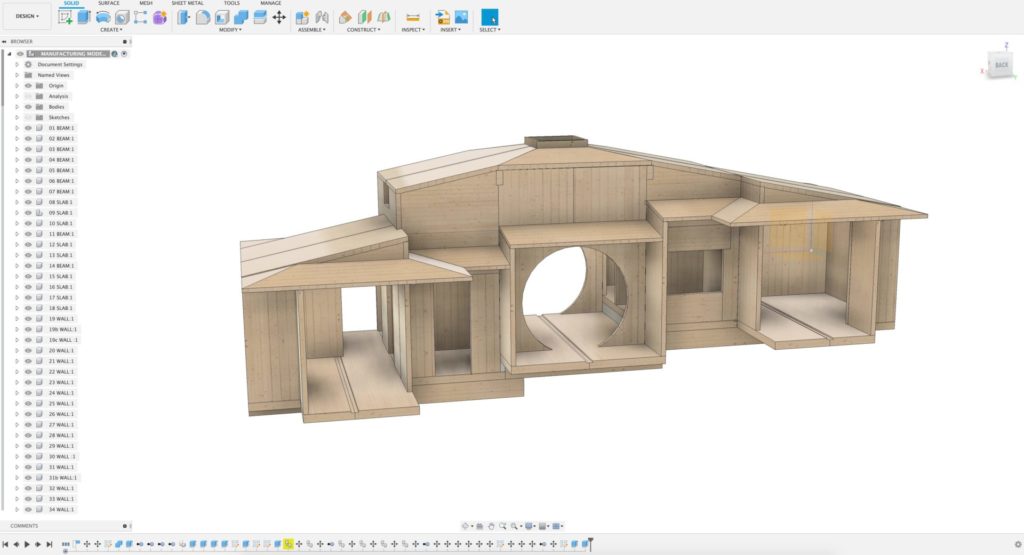
“A few companies are making CLT add-ons to CAD software, but these packages are made for massive companies and are not affordable for a startup like us,” he says. “But I remembered Fusion 360 from my furniture design days, and it was exactly what we needed.”
XLAM South Africa uses Autodesk Fusion 360 throughout its entire workflow. The process starts with a 3D model of the whole structure based on drawings provided by engineers. From there, Fusion 360 helps Smily split the structure into its constituent parts before the design process begins. Then Smily uses Fusion 360 to create the CAM code and deliver it directly to the industrial robot that cuts the panels.
“It works great,” Smily says. “The machining capabilities are amazing. Normally for these size CLT panels, you would need a large gantry-based CNC machine, but again, those cost millions of dollars and are not in our price range. So we bought an industrial robot, the kind used to do welding in auto manufacturing, put a spindle and saw on the arm, and now we can cut the panels precisely.”
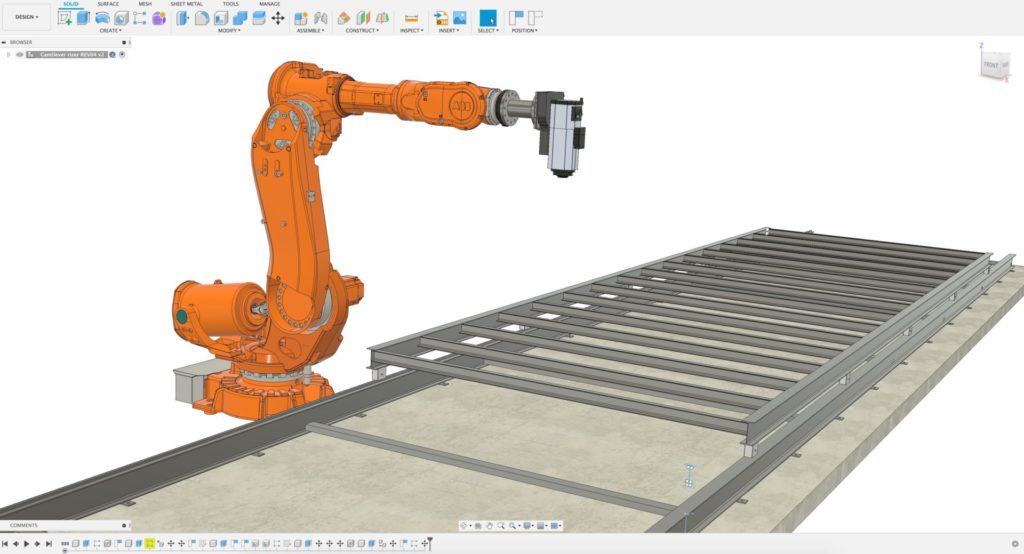
XLAM South Africa previously used Fusion 360 when each panel had to be cut by hand with circular saws. But even the most skilled craftspeople can’t provide the same consistency and precision as the robot arm. Fortunately, with some assistance from Autodesk, Fusion 360 could create CAM code that drove the robot arm just like a CNC mill.
“With other software, you still have to export your model to a separate program to generate the G-code that drives the mill,” Smily says. “But with Fusion 360, it’s all integrated. We’re essentially doing all of our work with one package: design, manufacturing, programming, delivering the code, and even creating the documentation.”
As Smily notes, Fusion 360 creates a bill of materials (BOM) for every project that itemizes each panel’s size, weight, and thickness, which helps keep the components organized between the design and manufacturing steps.
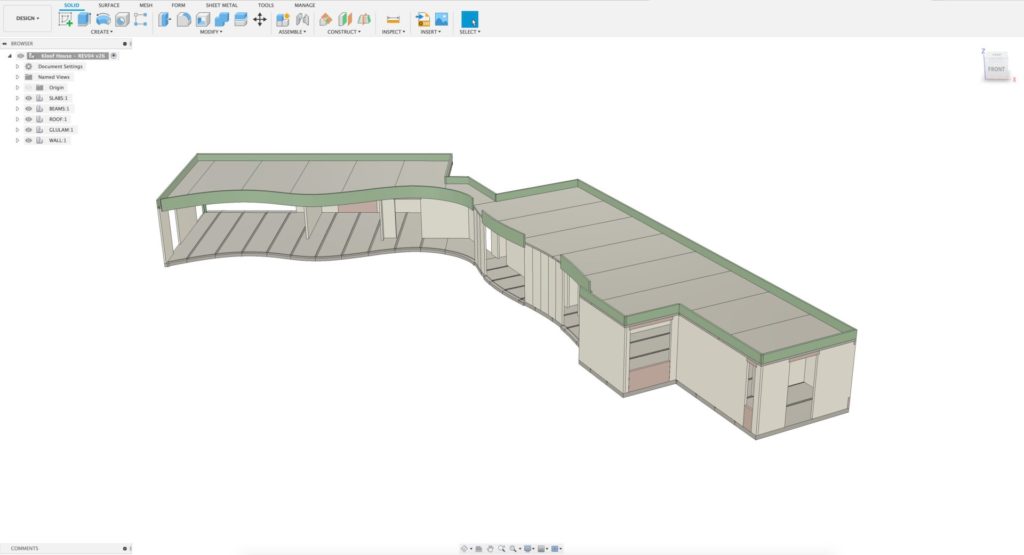
The combination of Fusion 360 and the robot cutter has made a big difference for XLAM South Africa in total capacity and consistency. “We have nearly doubled our output, but the consistency and quality of our panels have improved even more,” Smily says. “You can see how crisp and sharp they are.”
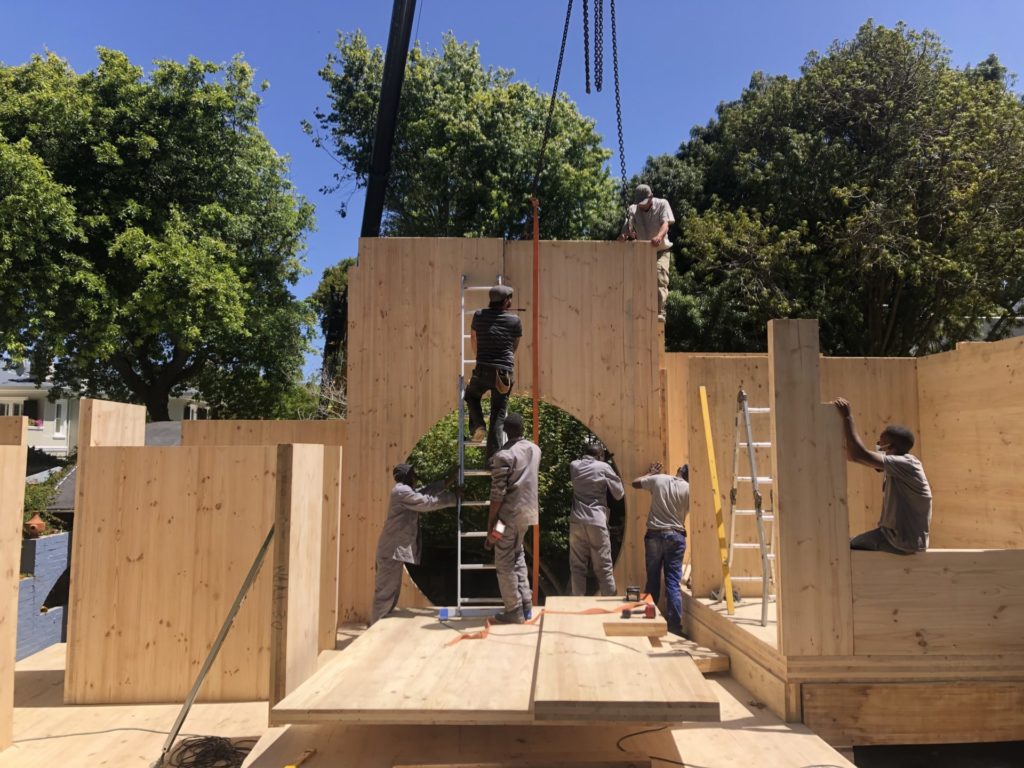
Even more critical, Fusion 360 has given XLAM South Africa the firepower to compete with much larger competitors in a rapidly expanding market for sustainable building products.
“We couldn’t have afforded to make what we make now without Fusion 360,” Smily says. “It has allowed us to compete in a market dominated by huge timber companies that have been around for over a century and are now moving into CLT. We’re a small startup, but we can make the same products as a mega-factory. Fusion 360 plays a big part in that.”

By clicking subscribe, I agree to receive the Fusion newsletter and acknowledge the Autodesk Privacy Statement.
Success!
May we collect and use your data?
Learn more about the Third Party Services we use and our Privacy Statement.May we collect and use your data to tailor your experience?
Explore the benefits of a customized experience by managing your privacy settings for this site or visit our Privacy Statement to learn more about your options.